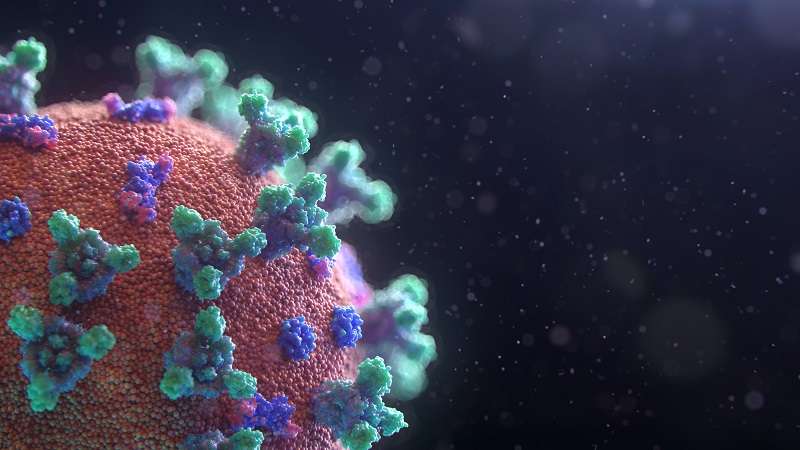
The RNA surveillance pathway detects and interprets defective transcripts to ensure RNA fidelity. Recently, in a research report entitled “Oncogenic CDK13 mutations impede nuclear RNA surveillance” published in Science, scientists from Howard Hughes Medical Institute and other institutions discovered a new type of mechanism that affects the occurrence of melanoma, providing broad and important implications for the treatment of various cancer patients.
In the article, the researchers focused on a protein called CDK13, whose important role in cancer development was previously unknown. Researcher Insco said that we found that CDK13 protein can play the role of tumor suppressor in melanoma, and its mutation or deletion can lead to tumor occurrence. By analyzing the data of melanoma patients and the Zon zebrafish model, the researchers clarified that the reason for inducing CDK13 protein deletion or mutation, and revealed its molecular mechanism leading to cancer, including the gene expression behind it.
Cells often make mistakes in gene expression. Researchers have found that cells produce shortened RNAs, which in turn make abnormal proteins that induce cancer. Fortunately, cells have an active cleanup mechanism to deal with these transcription errors, but if cells can’t get rid of this garbage, these RNAs can accumulate and become carcinogens; in the article, the researchers point out that mutated CDK13 may be the reason why those abnormal RNAs cannot be cleaned up.
Under normal circumstances, CDK13 can walk in the cell and supervise the RNA. If it encounters abnormal RNA, it will recruit a series of proteins to work together (protein complex) to degrade the short-chain RNA in the nucleus. Essentially, it uses a “vacuum cleaner” to clean up errors and remove pre-cancerous material from cells. But if it’s mutated, CDK13 can’t do its job of RNA surveillance and basically clears out the junk. We all know that these junk RNAs are the cause of cancer because when you put them in zebrafish, they mirror the whole process again.
Mutations in CDK13 are present in many human cancers and function identically in zebrafish, mouse and human cells. The researchers observed mutated CDK13 in melanoma tissue from patients and accelerated melanoma growth in zebrafish studies. In addition, the researchers found additional implications for CDK13 mutations involving the PAXT complex, which may be the first step in nuclear RNA degradation. Researcher Insco explained that it may serve as a marking mechanism, but if CDK13 is mutated, the PAXT complex is not activated, and it acts like a switch to turn the “vacuum cleaner” on or off.
The new study reveals that damaged RNAs may be actively regulated, suggesting their impact on how cancer develops in many patients, but in melanoma alone, more than 20 percent of patients carry this disrupted nuclear RNA surveillance machinery that designs CDK13. This finding suggests that mutations of CDK13 in human cancers may reveal its broad involvement in carcinogenesis. Along with CDK13, at least two other members of the PAXT complex are frequently present in multiple cancer types mutations, not just melanoma. The researchers believe that this is not just a matter of CDK13, and perhaps other members of various complexes are also involved in this fragmentation process.
Based on this research work, the researchers will continue to study to better understand the RNA surveillance mechanism of the nucleus and provide new treatments for melanoma patients who do not respond to current therapies; the researchers will also delve into RNA biology, because it may be directly related to tumorigenesis.
In summary, in this study, the researchers found that in many malignant tumors, the gene encoding the nuclear RNA supervision component will undergo repeated mutations, thus confirming that the nuclear RNA supervision can be used as a tumor suppressor pathway; Activation of nuclear RNA surveillance mechanisms may be important to avoid the accumulation of aberrant RNAs and their consequent consequences during development and disease.



